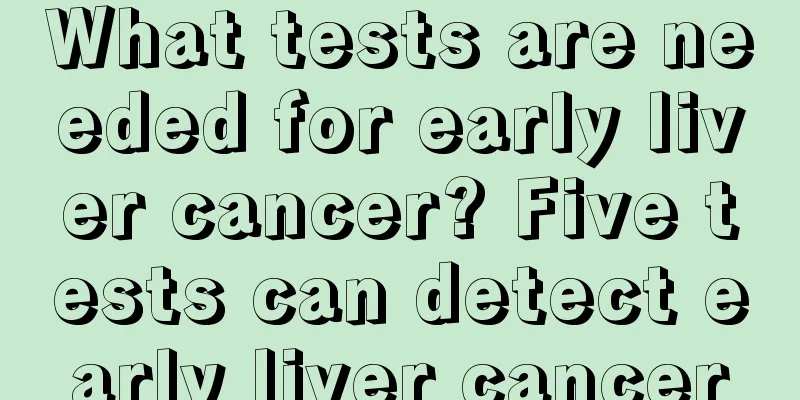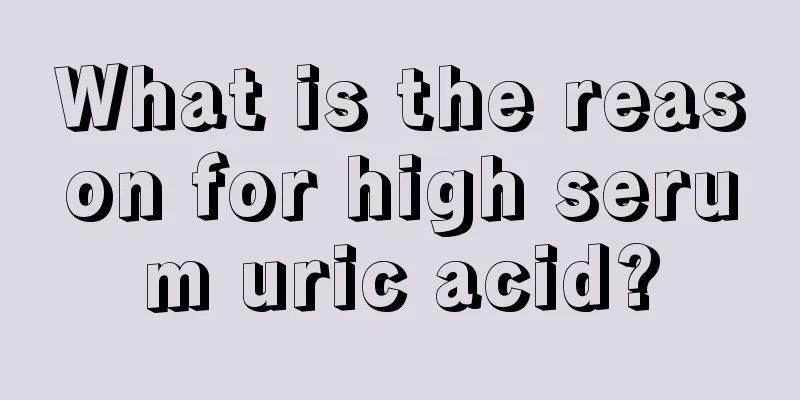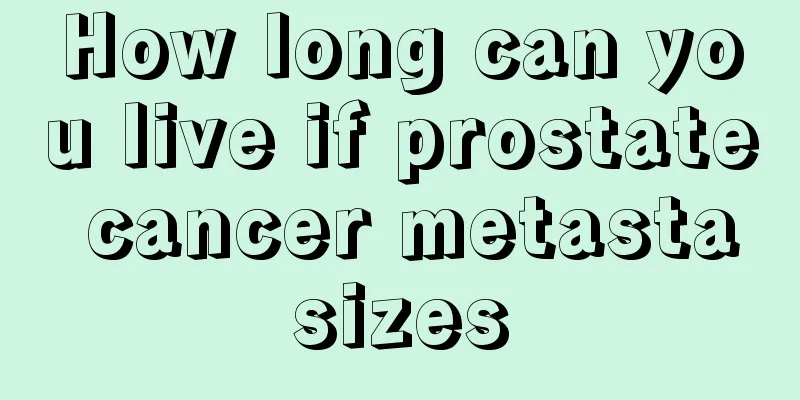Is heart failure curable? How to treat it?

|
Heart health is considered to be relatively important by most people, because the heart is the main pump that supplies blood flow. Decreased heart function will lead to weak blood flow throughout the body, and various nutrients cannot reach all parts of the body in time, thus causing more serious complications, such as muscle atrophy, limb weakness, etc. Heart failure is the main cause of these symptoms. The causes of heart failure are rather complex and are generally related to people’s lifestyle habits. Long-term exposure to tremendous stress puts a heavy burden on the heart, which in turn causes the heart’s ability to decline over time. Let’s take a look at whether heart failure is easy to treat. Let me explain how to treat it. Heart failure, also known as HF, refers to a condition in which the heart's contractile and/or diastolic functions are impaired, which prevents the heart from adequately draining venous blood from the heart, leading to blood congestion in the venous system and insufficient blood perfusion in the arterial system, thus causing a syndrome of cardiac circulatory disorders, most of which are manifested in pulmonary congestion and vena cava congestion. Heart failure is not an independent disease, but the terminal stage of heart disease. The vast majority of heart failures begin with left heart failure, which first manifests as congestion in the pulmonary circulation. (1) Initial treatment is oxygen inhalation via mask or nasal cannula; morphine, loop diuretics, cardiotonic drugs, etc. are given intravenously. Have the patient sit or semi-recumbent with his legs hanging down to reduce venous return in the lower limbs. (2) If the condition still does not improve, vasoactive drugs such as positive inotropes, vasodilators and vasoconstrictors should be selected according to systolic blood pressure and pulmonary congestion. (3) For patients with severe conditions, persistently low blood pressure (<90 mmHg) or even cardiogenic shock, hemodynamics should be monitored and various non-drug treatments such as intra-aortic balloon pump, mechanical ventilation support, blood purification, ventricular mechanical assist devices and surgery should be used. (4) Dynamic measurement of BNP/NT-proBNP helps guide the treatment of acute heart failure. If the level remains high after treatment, it indicates a poor prognosis and treatment should be strengthened. If the level decreases after treatment and the decrease is >30%, it indicates that the treatment is effective and the prognosis is good. (5) Control and eliminate various risk factors and promptly correct underlying cardiovascular diseases. |
<<: Is white radish effective in curing cough? How to do it?
>>: What should I do if meningioma is serious?
Recommend
How to treat seasonal skin allergies?
Seasonal skin allergies are a common disease amon...
How long does it take to cook green shrimps?
Green shrimps are a very delicious kind of shrimp...
Do plain glasses hurt your eyes?
In daily life, many people have the experience of...
Treatment of ovarian cancer with Peng'eshu powder and Daotan decoction
Patients with ovarian cancer can take Peng'es...
Rechargeable hand warmer, the health benefits of rechargeable hand warmer
Rechargeable hand warmers are very convenient. Wh...
Time and items for follow-up after surgery for cholangiocarcinoma
After surgery for bile duct cancer, patients are ...
How long is the incubation period of lung cancer? What are the early symptoms of lung cancer?
Lung cancer has a high incidence and mortality ra...
A brief description of the staging of several common cervical cancers
Clinically, cervical cancer is divided into five ...
What's the matter with the small lump of flesh next to the anus?
The anus is the main part of our human body's...
What are the procedures for esophageal cancer screening
Esophageal cancer is a common malignant tumor of ...
Two and a half year old baby walks unsteadily
When we were about one year old, we started to le...
How to prevent lung cancer? 5 tips to keep you away from lung cancer
To prevent lung cancer, we must first understand ...
What is the use of overnight tea leaves
Many people like to drink tea, but they always bu...
What are the early symptoms of cerebral hemorrhage?
Cerebral hemorrhage is a common physical disease ...
What Chinese medicine can be used to treat advanced rectal cancer
Rectal cancer has a high incidence in my country,...









